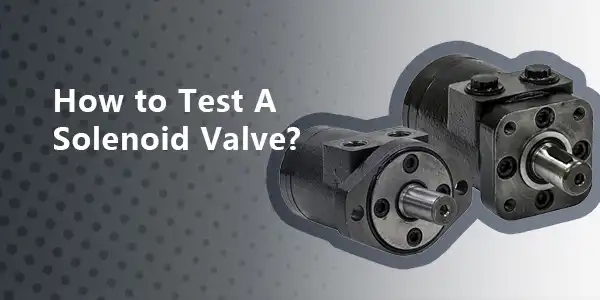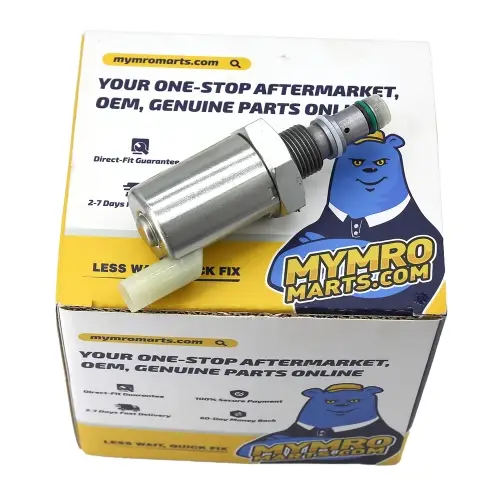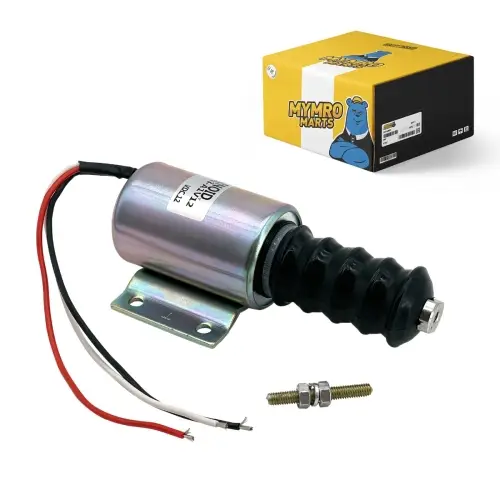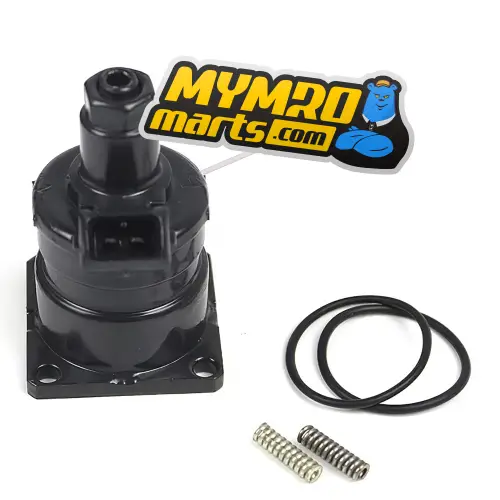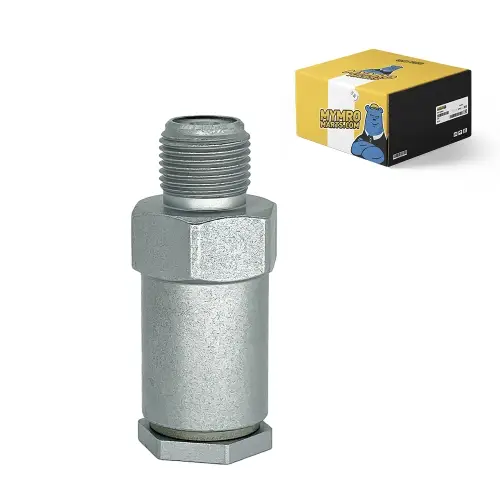How to Test A Solenoid Valve?
Solenoid valves are an indispensable part of modern electrical equipment. They may be used in everything from hydraulic systems to water supply pipelines. However, over time, solenoid valves may malfunction, requiring timely inspection and solenoid valve testing to ensure proper operation of the equipment. In this article, MyMROmarts will explain how to check a solenoid valve and how to test a solenoid to ensure they are working properly.
The Importance Of Testing A Solenoid Valve
Solenoid valves, belonging to engine fuel system parts, are like any other valves, they regulate the flow of gas or liquid. The solenoids they contain allow these valves to be opened or closed by electricity. It is an important electrical operating component to ensure the normal operation of the automatic transmission. Different states of the solenoid valve correspond to different gears, and its working state directly affects the working state of the automatic transmission. Therefore, the test of the solenoid valve is an integral part of the inspection process of the automatic transmission. Below we will explain in detail how to check solenoid valve.
How To Check A Solenoid Valve With The Multimeter?
First, set your multimeter to the appropriate measurement mode. For a basic check of solenoid valves, resistance measurement mode is typically used. Choose an appropriate resistance range, usually in the range of 1KΩ or 10KΩ.
Check The Resistance Value Of The solenoid coil
Using the two probes of a multimeter, measure the resistance of the solenoid coil. Connect one probe to one end of the solenoid coil and the other probe to the other end. If the solenoid coil is OK, then you should see a stable resistance value on your multimeter, usually between a few hundred to a few thousand ohms, depending on the size of the solenoid. If the resistance value is infinite or close to zero, it indicates that there is a problem with the solenoid coil and further check or replacement of the solenoid valve is required.
Check A Solenoid Valve Seal
Finally, check the solenoid valve seal. Verify there are no liquid or gas leaks as this may affect its performance. You can use soapy water or foam to check for bubbles or leaks.
How to check a solenoid valve with a multimeter and how to test a solenoid valve are key steps in maintaining the normal operation of the solenoid valve. By measuring the solenoid's resistance, you can identify coil problems and check for tightness using soapy water or foam. In addition, static testing and dynamic testing provide a more comprehensive detection method to help check if the solenoid valve is working. Before performing these tests, have a clear understanding of the type and characteristics of the solenoid valve to avoid damage. With careful testing and maintenance, you can ensure efficient and safe operation of your solenoid valve in a variety of applications. How to test the solenoid valve is explained in detail below.
How To Test A Solenoid Valve?
Static Test: Testing A Solenoid Valve With A Multimeter
Static test refers to measuring the resistance value of the solenoid valve when the ignition switch is off. Connect the pen tip of the multimeter to the pin of the solenoid valve and observe the instrument screen. If the resistance value displayed on display is greater than the rated value, it means that the solenoid valve coil is aging; if it is low, the rated value indicates that the coil turned a short circuit; if it is infinitely large, it indicates that the solenoid valve coil is open. These conditions indicate that the solenoid valve has failed and must be replaced.
Dynamic test
Dynamic test refers to simulating the actual working of solenoid valve, replacing it with a certain air pressure instead of oil pressure, and checking whether the spool movement of the solenoid valve is smooth and whether the sealing is good by continuously artificially stimulating the solenoid valve. Use an air gun to apply a certain amount of air pressure to the battery through the conical rubber head. On the working oil hole of the valve, press the control switch to make the solenoid valve turn on and off repeatedly, and observe the change of the airflow at the oil drain port. If the airflow always exists, it means that the electric valve is not well sealed; if there is no airflow, it means that the solenoid valve is blocked. If the on-off of the gas is not in compliance with the specification, it means that the solenoid valve is occasionally stuck; if the airflow changes with the change of the magnetism, it means that the solenoid valve is normal.
Test The Voltage Of The Solenoid Valve
The purpose of testing the voltage of the solenoid valve is to confirm whether the solenoid valve can work properly at its rated voltage.
First, according to the solenoid valve's manual, confirm the equipment's AC voltage specification. Then, connect the multimeter probe to the terminals of the solenoid valve.
Observe the reading of the multimeter. If the solenoid valve is working properly, the voltage displayed by the multimeter should be the same as the rated voltage of the solenoid valve. Otherwise, it means that the solenoid valve coil is faulty and it is recommended that the user replace it as soon as possible.
After the test, turn off the power supply of the solenoid valve and disconnect the multimeter probe.
Attention
It is emphasized that the characteristics and types of the solenoid valve must be clear before the power-on test, that is, to distinguish which is the shift solenoid valve and which is the pressure regulating solenoid valve, because the resistance of the pressure regulating solenoid valve is generally very small, directly add 12V power supply, it is easy to cause the solenoid valve damage. During the test, a tens of the ohm resistance limits the current flowing through the solenoid valve so that nothing goes wrong.
In conclusion, ensuring the proper operation of solenoid valves is important for the smooth operation of various systems, from automatic transmissions to hydraulic equipment. Learning how to test a solenoid valve and how to check a solenoid in this article can help you detect problems early and prevent costly failures. Remember to use caution and follow safety guidelines when performing these tests. With these insights, you can effectively maintain your construction machinery and enjoy reliable performance.
 Track Your Order
Track Your Order




